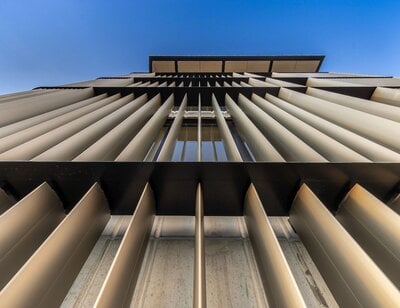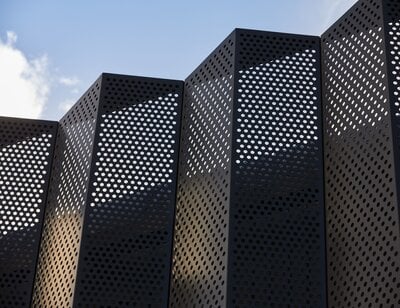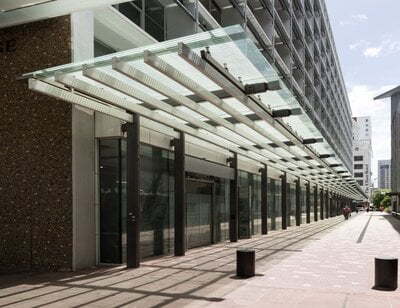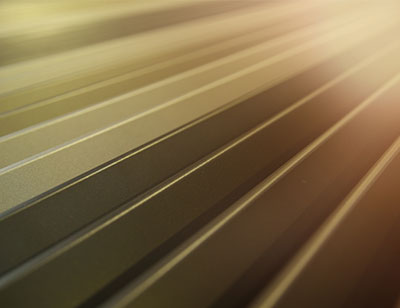Part of the beauty of perforated panels is the versatility they provide, with functionality and aesthetics unbound by design constraints. Yes, the little holes in perforated panels can create magic. That magic is dependent on the correct open area and arrangement of the holes though. In other words, the magic needs a bit of science behind it.
In this article, we’re not going to get too sciency but will highlight a few key considerations, which may help if you’re planning to use a perforated panel in your design.
Wind Noise
Humans whistle by forcing air through a hole made with the lips. Most people have tried whistling at some point, with varying degrees of success. Some are really good at it and the loudest whistle in the world was recorded at 117.4 dB. Which is really loud and quite annoying.
So imagine the racket made by hundreds of holes in perforated metal as wind is forced through. It’s entirely unpleasant. It’s also entirely predictable when you have a Wind Tunnel to test perforated patterns for wind noise, like we do here at Insol. Indeed, part of the impetus for establishing the wind tunnel was the growing issues of wind noise on facades. Our research has led to the development of a matrix which quantifies the risk of wind noise issues, classifying the probability of noise and associated level of annoyance.
Ventilation
The larger the open area, the greater the ventilation. It might not be a consideration for most perforated panel facades but it will be if the panels are going on a car park like that at Toka Puia. Vehicle exhausts spit out carbon dioxide, carbon monoxide and other nasties, like benzene. Perforated panels with the correct open area are effective at ventilating the area naturally and make for a more sustainable alternative than installing and running a mechanical solution.
Acoustics
Perforated panels play their part in reducing sound by blocking sound waves. Of course, the perforations will allow sound to travel through them, so panels with higher open areas have reduced sound-proofing capabilities. It really depends on the setting and how much sound you want to block out or let through. The correct open area will even work to reduce specific frequencies.
Light
The dappled light on the interior of a building, as the sun streams through the perforation holes, is nothing short of spectacular. The combination of light and shade adds movement and creates a mood, and the careful manipulation of the open area can influence both. Harnessing the power and path of the sun, perforated panels will change the entire character of a building interior and can also cast a spell on exterior passers-by. Backlighting can be used to dramatic effect, like the changing lights used at Alexandra Park Stage 3, which creates a real warmth to the building
Energy Efficiency
HVAC typically accounts for around 40% of a building's energy consumption. A further 17% is used in lighting. Perforated panels allow both ventilation and natural sunlight which can help reduce this energy burden and contribute to the energy efficiency of a building. Accordingly, the open area can be adjusted to maximise air exchanges and light for parts of the building that need it more.
Weight
In our experience, increasing the open area to reduce the weight of the panels very rarely happens. However, it is a possibility and there might well be a small number of projects where the weight of the facade dictates a change to open rates used.
The above are all considerations for the open area. Yet we’ve not listed what is arguably the most significant factor, which is aesthetics. Sometimes the open area is dictated by the aesthetic aim of the design, especially if you are planning on using pic perf or similar. It will dictate a number of varying perforations with different open areas, which will all depend on both the picture being created and also the size of the overall facade.
This is also the most fascinating part of perforated panels. Essentially, each hole becomes a pixel which is then used to create the desired image, making the panel a virtually limitless blank canvas. That has to be exciting for an architect. It is for us.








